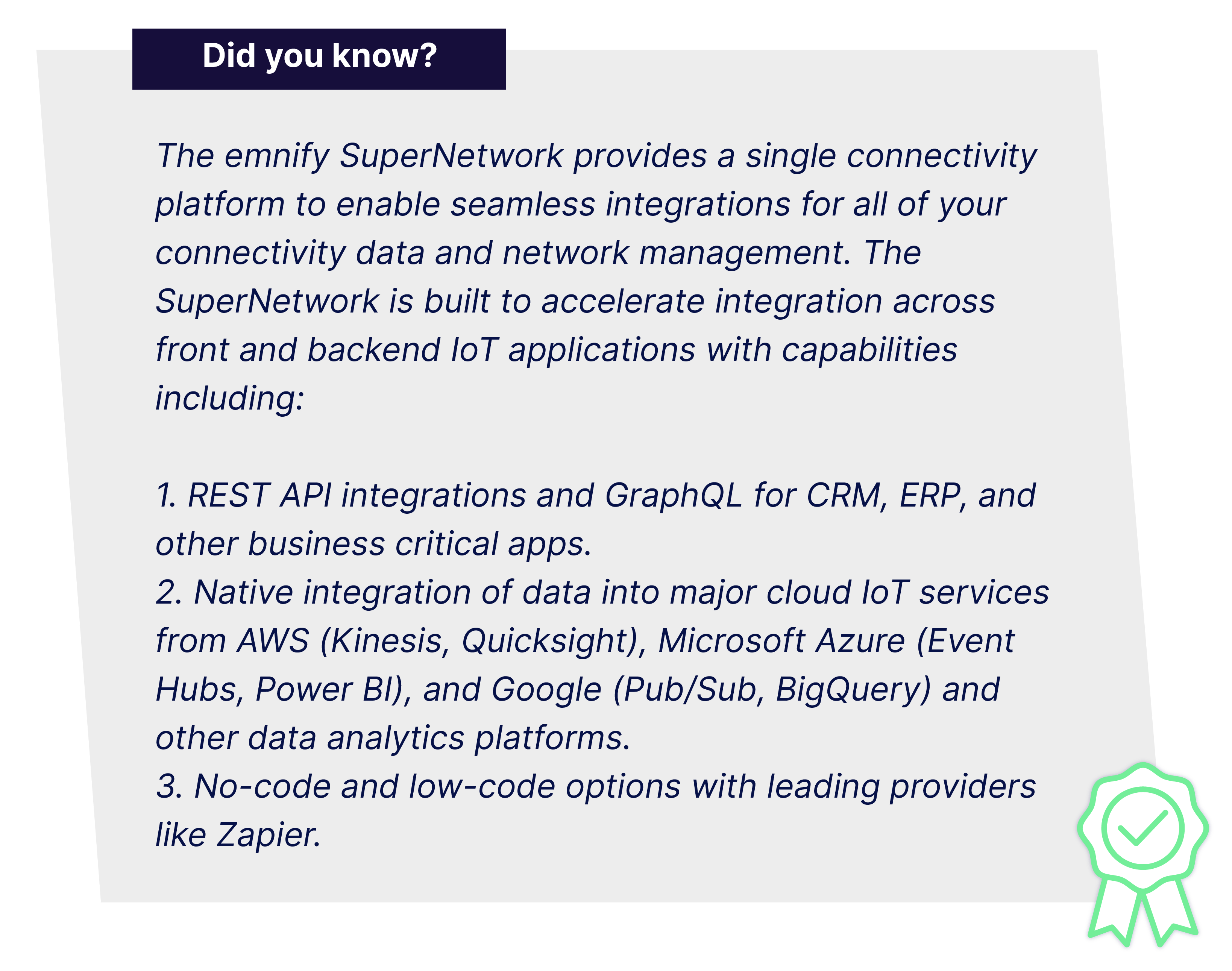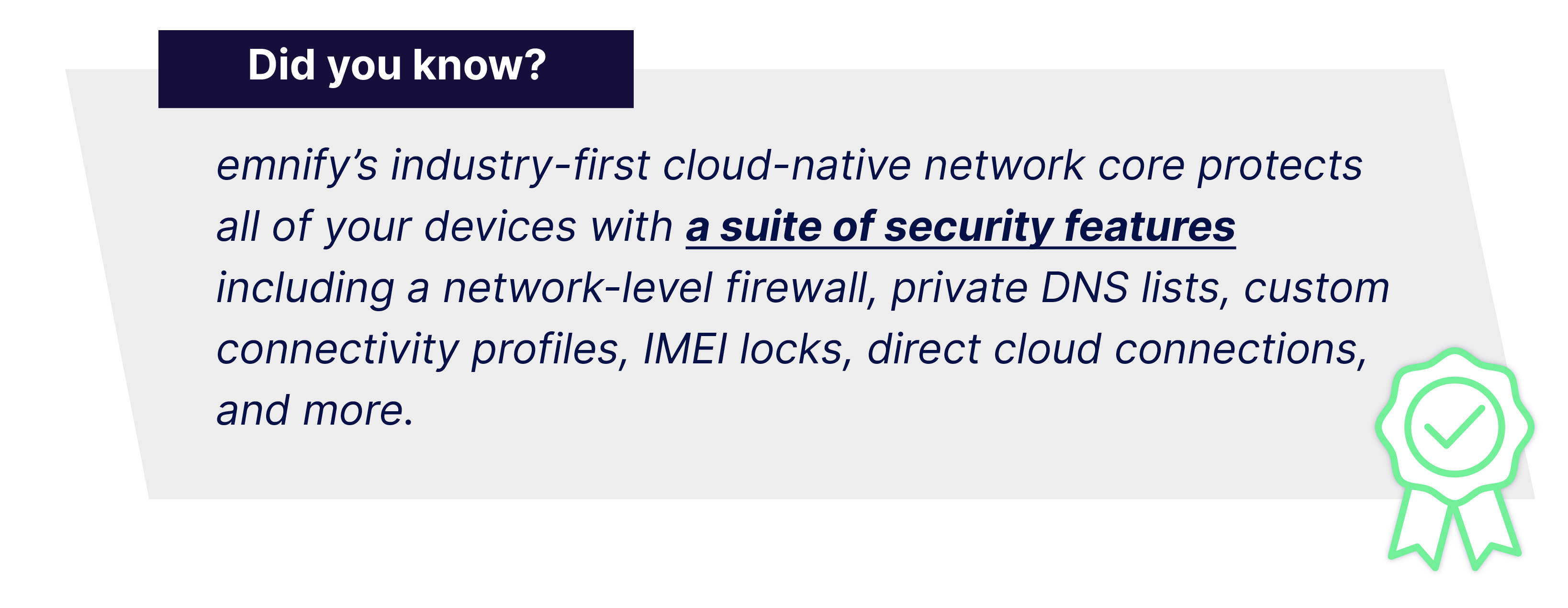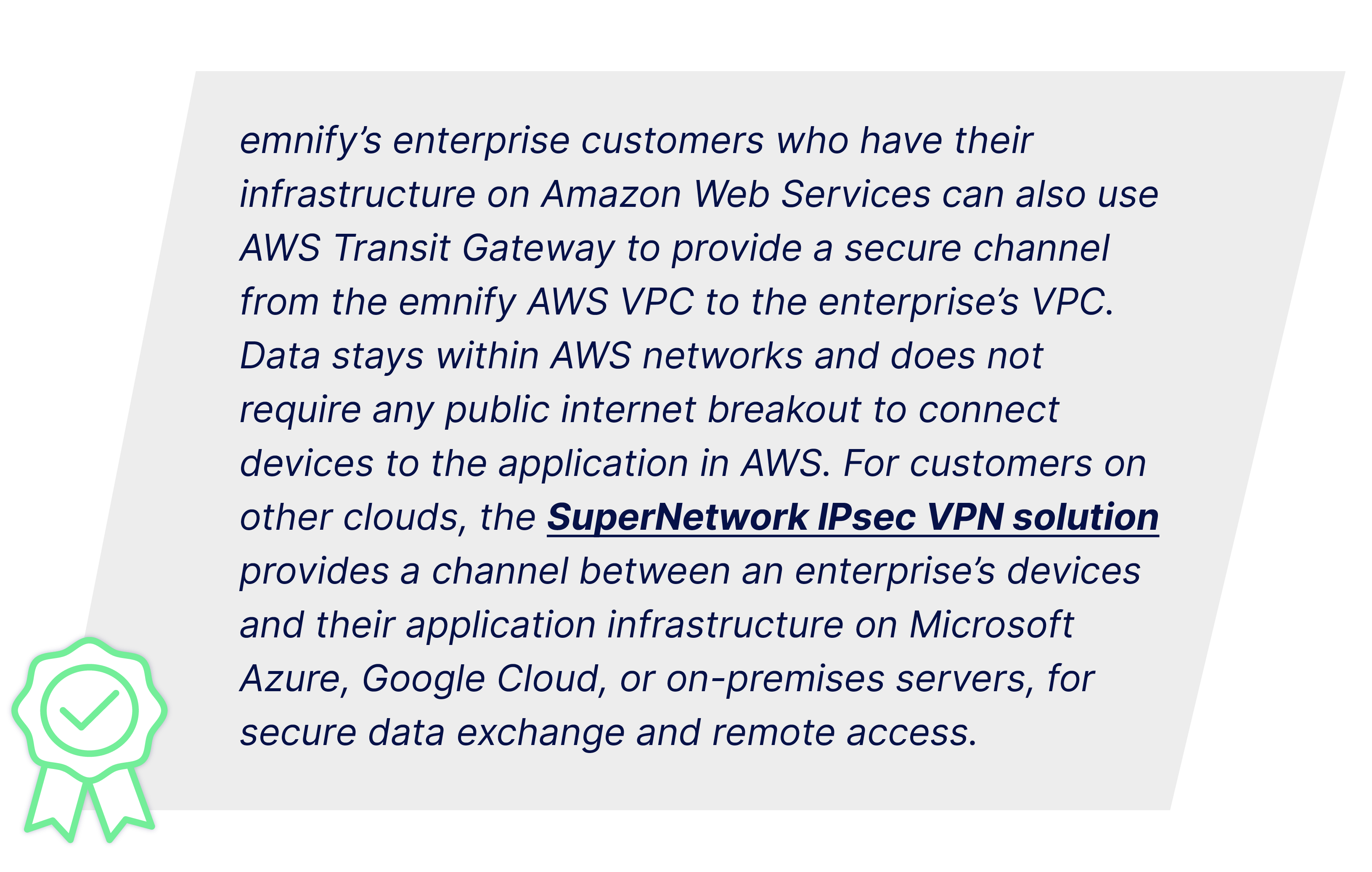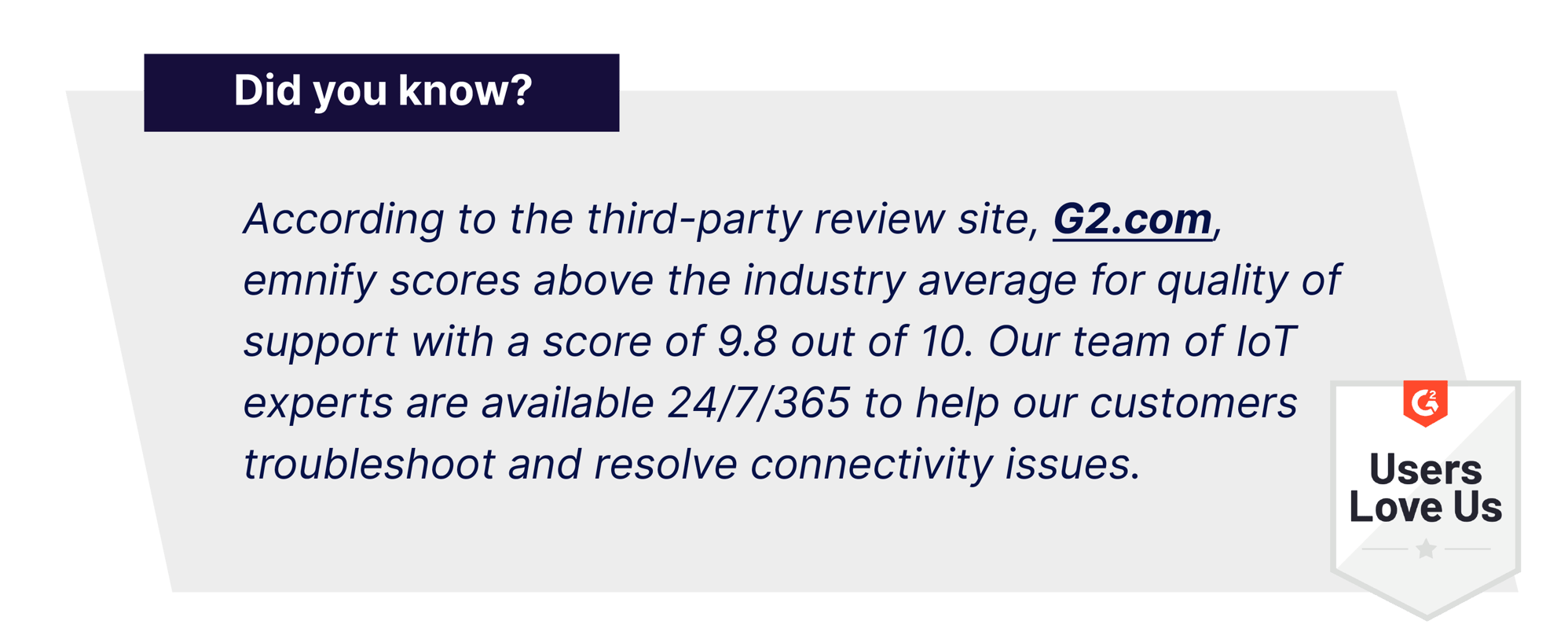Assess Coverage
As you assess whether a cellular connectivity provider has the coverage your business needs, you'll want to consider the following questions:
For most businesses one network provider on their own will not have the coverage needed to deploy devices in multiple markets. Even large, traditional MNOs rely on roaming agreements to provide coverage outside of their home networks. You’ll want to ask how they have set up their access to partner networks.
• Do they have direct network access partnerships? This will make a difference in the consistency and control your provider (and you) has across all of your networks, for example ensuring permanent roaming agreements and technology commitments that you can rely on.
• When there is a coverage issue, is your supplier a reseller, operator, or carrier who can troubleshoot directly with other network providers? Direct access partnerships allows a provider visibility into all partner networks which enables troubleshooting and faster resolution of connectivity issues.
You’ll also want network redundancy in every country to ensure your devices can switch to a backup network if your primary network goes down, increasing your overall uptime.
If you have devices that cross borders, you’ll want to make sure you don’t lose connectivity or end up with a higher-than-expected invoice for roaming outside of your primary network. Does your connectivity provider provide coverage on demand and flexible coverage plans or is it only a fixed term contract? For example, can you activate a device in one region, deactivate it remotely, and then activate it in another region?
IoT businesses increasingly want more control over their technology, including connectivity coverage. There are many different cellular technologies available: 4G LTE, LTE-M, NB-IoT, and more. You can’t assume that having access to a carrier’s network means you’ll have access to every radio access network of that carrier. For example, let’s say a provider does have LTE-M, 4G, and 5G coverage in Germany, will you have access to each of those networks? Can you isolate the network types that are compatible with your device, or will your devices still attempt to connect to 4G and 5G service by default, when they’re only compatible with LTE-M?
This is why it’s important to work with an IoT experienced provider that’s investing in new IoT.specific network partnerships to provide access to IoT network technology like NB-IoT over satellite and LTE-M. So if your IoT solution relies on LTE-M coverage and you have customers in Germany, you can get LTE-M coverage in Germany—a provider that only offers 4G or 5G coverage in Germany won’t do you any good, no matter how good that coverage is.

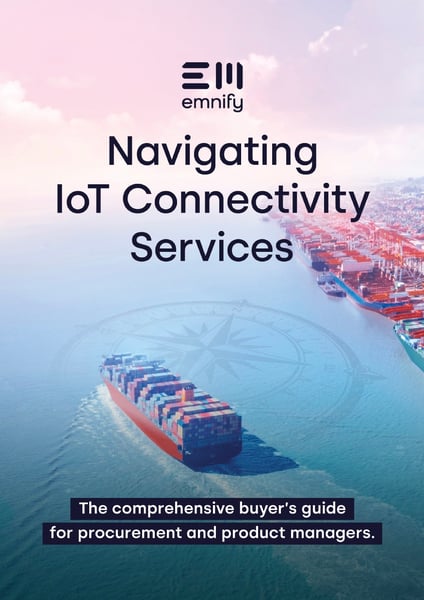



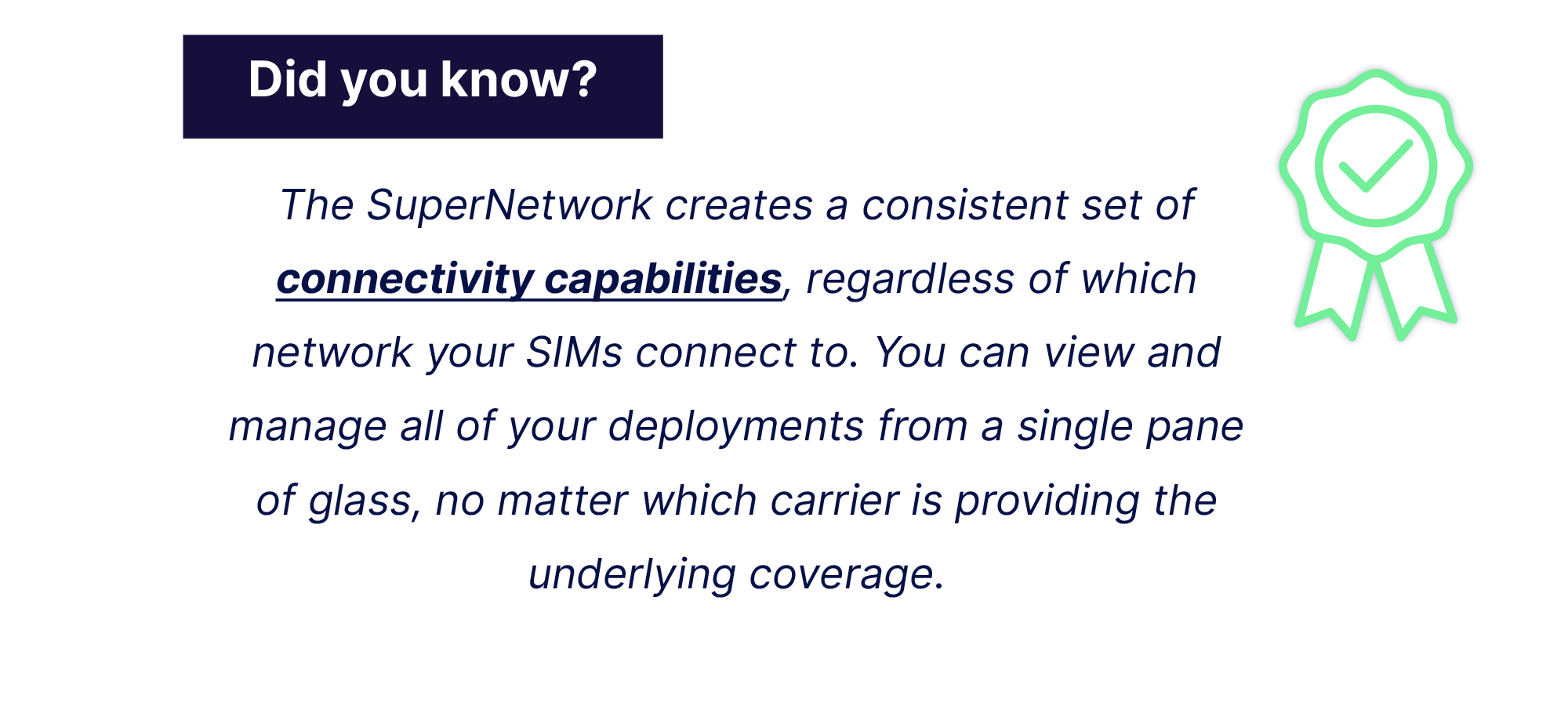

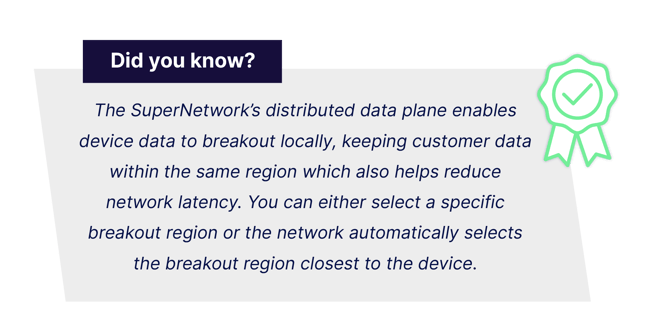 When
When